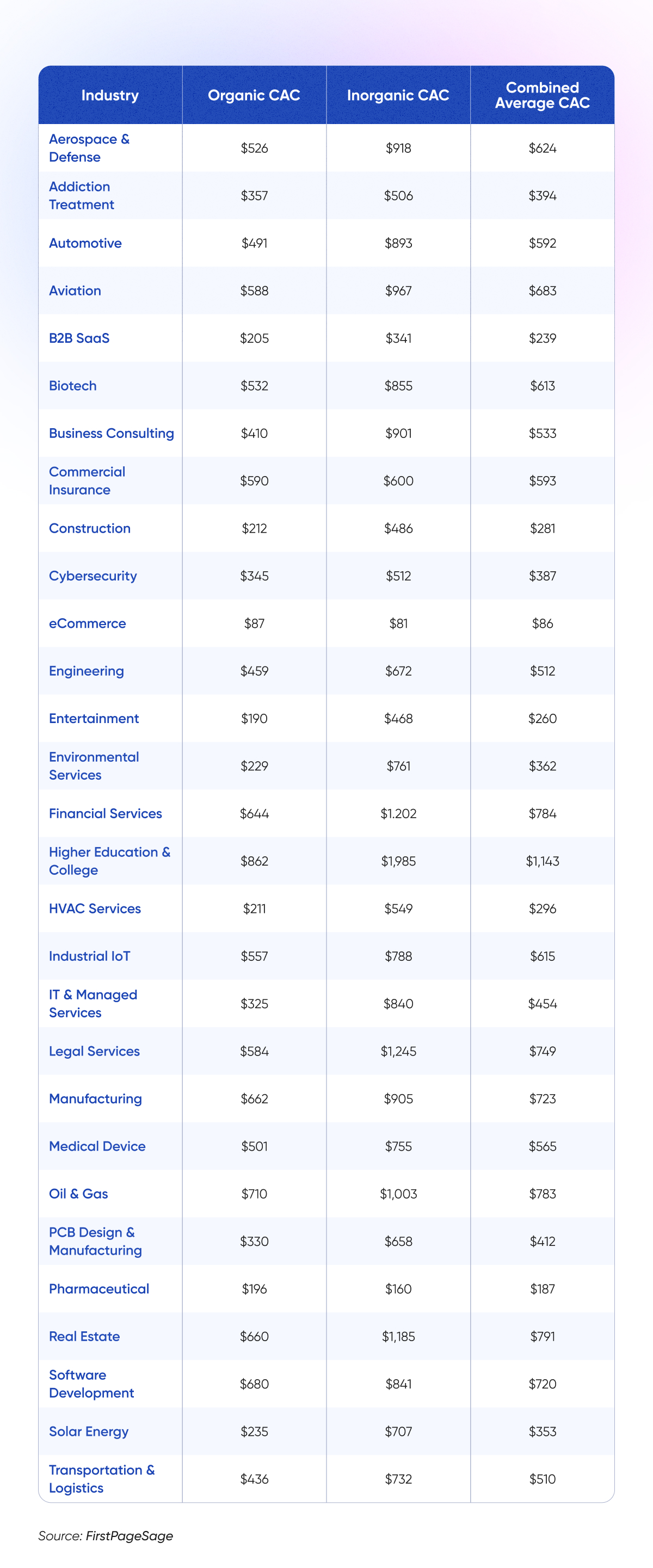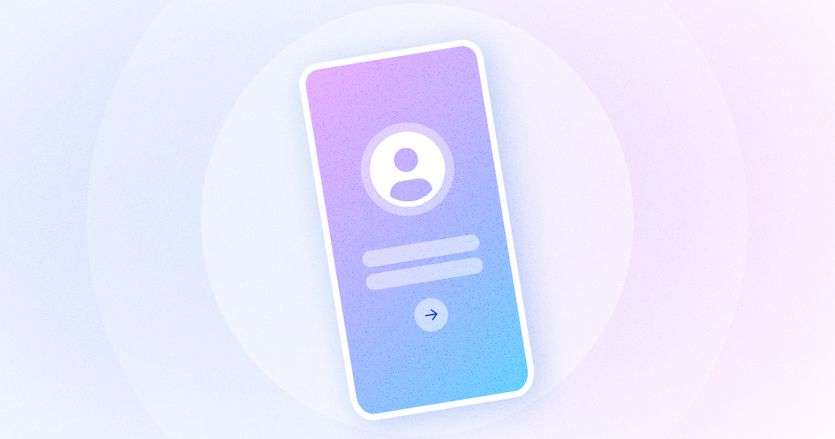Imagine a situtation: you’re the CMO of a mobile gaming company. The app is facing escalating costs in acquiring new users for its app. Your marketing budget is depleting rapidly, and it needs to find cost-effective ways to acquire and retain players to sustain growth and profitability in a highly competitive gaming market. But you have increased the number of users, but the average check has decreased. To be happy or not? No. Reducing CAC is essential to ensure the company's financial stability and continued success.
In the article, I will describe in detail how to correctly calculate CAC (Customer Acquisition Cost) from the point of view of unit economy.
Understanding Customer Acquisition Cost (CAC)
Customer acquisition cost (CAC) refers to the amount of money a company spends to acquire a new customer or user for their mobile app. Tracking CAC is pivotal for apps as it allows them to refine marketing strategies and identify more efficient, cost-effective ways to attract new users over time.

Companies use CAC tracking to find their most profitable customer groups, figure out which marketing channels give the best returns, plan their marketing budgets, and assess their business models.
Organic or Paid CAC: Which One is Better?
The choice between organic and paid CAC isn't a one-size-fits-all decision. Your industry plays a significant role in determining which approach is more suitable for your specific circumstances. Take a look at the table below, provided by firstpagesag, to see the CAC costs in different industries.

LTV and CAC: The Indispensable Duo for Strategy Building
To gauge the worthiness of CAC, it's essential to evaluate it in the context of Customer Lifetime Value (CLV), often referred to simply as Lifetime Value (LTV).
The LTV (Customer Lifetime Value) to CAC (Customer Acquisition Cost) ratio is a critical metric for evaluating the sustainability of your marketing efforts and the profitability of your acquired customers. This ratio serves as a compass for decision-making in the business landscape.
- LTV > CAC: When your LTV exceeds your CAC, it's a clear indicator that your marketing investments are generating positive returns. Ideally, your LTV should be at least three times greater than your CAC, signaling a healthy scenario for scaling your marketing efforts without fear of incurring losses. Nevertheless, continuous monitoring is vital, as circumstances can change, and early detection is key.
- LTV = CAC: If your LTV matches your CAC, your business may be in a stagnant phase. In this situation, it's essential to trim expenses on advertising channels that aren't delivering results. Focus on strategies to increase LTV, such as implementing upselling and cross-selling to enhance overall performance.
- LTV < CAC: When your LTV falls below your CAC, it's akin to an impending financial disaster. Scaling your marketing efforts is not a viable option in this scenario. The more customers you attract, the more money you stand to lose. It's imperative to halt expansion and attracting further investments before reaching a point of no return. Instead, concentrate on reengineering various aspects of your business, including costs, monetization models, customer retention strategies, and pricing, to rectify the LTV to CAC ratio.
What Is a Good CAC?
A "good" Customer Acquisition Cost (CAC) can vary significantly depending on the industry, business model, and specific circumstances. In general, a favorable CAC is one that:
- Is Sustainable: A good CAC is sustainable in the long term, meaning it does not strain the company's finances and profitability.
- Is Competitive: It is competitive within your industry and comparable to what your competitors are achieving.
- Is Lower Than LTV: The CAC should be lower than the Customer Lifetime Value (CLV or LTV) to ensure a positive return on investment. An effective CAC typically falls around 1:3 of your customer lifetime value (LTV). In simpler terms, the value you gain from paying customers over time should ideally be three times or more greater than your marketing expenses.
- Allows for Growth: It should allow your business to grow profitably. If you can acquire a significant number of valuable customers with a reasonable CAC, it's considered good.
- Is Scalable: A good CAC is scalable, meaning that you can increase your customer acquisition efforts without proportionally increasing your costs.
- Varies Across Channels: A good CAC might differ across marketing channels, allowing you to allocate resources to the most cost-effective ones.
How to Reduce CAC?
Take regional tests
You can select 2 regions with similar customer acquisition behaviors. In one of the selected regions, implement a targeted advertising campaign to acquire new customers. In the other region, abstain from running any advertising or marketing efforts. After a reasonable period, assess and compare the results from both regions. Pay close attention to metrics such as customer acquisition cost (CAC), user acquisition rate, and customer lifetime value (CLV). Analyze how the region with ads performed in contrast to the one without.
Retarget Customers
Retargeting is a digital marketing strategy that involves displaying tailored advertisements to users who have previously visited a website or interacted with a specific app. The goal is to re-engage these users, reminding them of products or services they've shown interest in, and encouraging them to return or convert, ultimately improving conversion rates and maximizing ROI.
To optimize your Customer Acquisition Cost and re-engage users throughout the conversion funnel, consider leveraging retargeting strategies, also known as remarketing in Google Ads or Meta Ads.
In Google Ads, remarketing lists for search ads (RLSAs) can be a valuable tool. If budget constraints limit your ability to run intent-based ads, retargeting offers a cost-effective means of acquiring new customers with a reasonable CAC. It's worth noting that retargeting can lead to a significant trademark search lift, with potential increases of up to 1,046% within just four weeks of exposure. This makes retargeting a powerful strategy for enhancing customer conversion rates and overall marketing efficiency.
Improve Marketing & Sales Funnel

Are you implementing a customer retention program for those who've already made a purchase? Should you offer freemium or not?
If you notice a dwindling average ARPU (average revenue per user) or a declining monthly average check, it's a clear warning sign. Examine the stages of download, onboarding, trial, and subscription engagement to pinpoint areas of concern.
Your primary objective is to explore innovative strategies that can boost conversion rates. Even minor enhancements to your funnel can lead to substantial outcomes. Therefore, your focus at this stage should be on identifying the reasons behind potential user loss and resolving them. These reasons may include software-related issues, such as an unclear user experience, payment method problems, or a plethora of bugs. In such cases, don't hesitate to reach out to a software development company for necessary fixes.
If your analysis reveals issues with messaging, conduct a thorough examination of your target audience. Keep in mind that your sales funnel should encompass multiple channels and harmoniously complement each user's journey. Remember: your funnel should be omnichannel and complement each path. If CAC is high — test.
Do cohort testing
A cohort is a grouping of users with a common characteristic, such as their engagement channel, platform, geographic location, age, gender, or sign-up date. By employing cohorts and segmentations, we gain the ability to closely track user behavior and assess how new features affect app usage dynamics. Services like Google Analytics, Amplitude, and Tableau provide valuable tools for in-depth analysis of this data.
Optimize your pricing strategy
Picture this: You're running successful marketing campaigns, but you face a common issue where users drop off during the trial period. Frequently, the culprit is your pricing structure, often set too high. Our CEO has penned an article offering insights into selecting the right pricing strategy.
If you found the article interesting, consider following us on LinkedIn. You'll also discover a range of other useful resources that you can browse through quickly.




